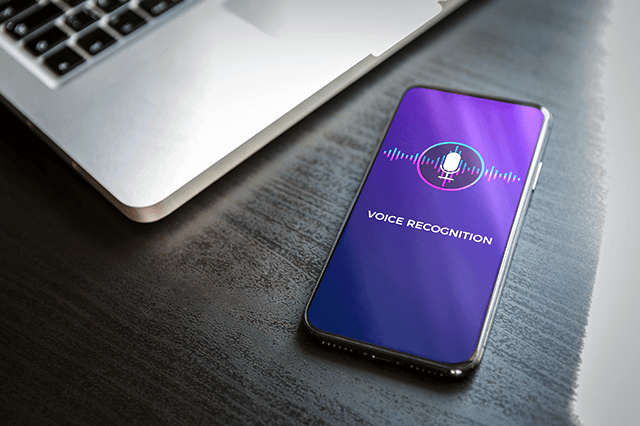How the customer experience evolved from snail mail to Conversational IVR
LumenVox and its artificial intelligence speech technology has initiated an evolution within the world of customer service. In the good ol’ days, people went to the bank to deposit a check. They absolutely had to make the trip; there were no other options. Eventually, banks got savvy and integrated with another institution—the post office—to provide printed account information to your doorstep, send or receive checks, etc. Eventually, with the integration of the telephone and its proliferation of use in businesses, we got phone support. If we had any questions or concerns, we could call a teller or bank representative to get the needed information. Over time, the number of incoming calls vs. the number of representatives available were too incongruous. There could never be enough reps to answer the number of needed phone calls per day.
With speech recognition, self-service phone options were put into place. When customers called the bank, instead of a human voice, they got automated options: “Press 1 for your balance. Press 2 for hours and location,” etc. But those menus can get quite annoying—people quickly got tired of the amount of time it took to listen and navigate. Everyone pressed zero, hoping to skip straight to a human voice.
To solve this issue, speech interactions were introduced, but only via directed dialog, i.e., “Say yes or no.” It wasn’t that transformative, really; there was still a fair amount of patience required by the customer. Eventually phrases such as “Account Balance,” “Did my check clear?” were put into place. This was considered an improvement by customers, but there were issues with the inconsistencies in customers’ speech. As a result, there was a good amount of–“I’m sorry, I didn’t quite get that.”
But businesses did finally get it. They learned from all the trying and testing that the level of ease of the customer experience, now primarily implemented by mobile phone, is just as important to a customer as the quality/ price of items or service purchased. Essentially, time is money—to everyone. This realization is what spurred on the notion of a conversational IVR and how it became instrumental in the design of self-service solutions.
The goal of Conversational IVR is to have automation mimic a conversation with the consumer. Open-ended questions, such as “Thank you for calling. How can I help you?”, have become the desired greeting. This evolution into machine, yet human-like interaction relies on Deep Neural Networks (DNNs), their ability to seek out, classify and order information in more complex or “intuitive” ways, and their contribution to Natural Language Understanding (NLU)/ Natural Language Processing (NLP). NLU/NLP is a specific branch of artificial intelligence that enables human-computer interaction using the input of sentences in text or speech.
Integrating NLU/NLP into a customer service environment results in a customized user experience: Enterprises are now able to recognize and automatically speak to you by name when you dial in. Your phone number is matched to your account information so they can even predict what you may be calling about (i.e., “I see you have booked a flight…)”.
Conversational IVR promotes a better customer experience. Frustration is reduced, just as conversation is encouraged. It’s a win-win: Customers have instant, secure access to vital information while businesses can effortlessly exceed service expectations. LumenVox’ next generation of Advanced Speech Recognition incorporates this advanced technology into a seamless solution for businesses. And our presence at Avaya Engage (Booth 300) will allow you to familiarize yourself with its capabilities in person to see exactly how it can benefit your business.





